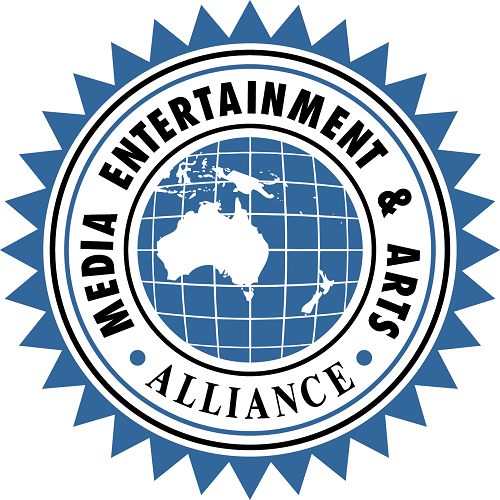Show, don’t tell.
It’s sage advice I received from one of my editors at a publication I freelance for.
Like the quote goes:
“Don’t tell me the moon is shining, show me the glint of light on the broken glass.”
So, what does this have to do with copywriting?
A lot actually.
Companies love to speak in features and benefits (with no emotional resonance).
When they should really be speaking in story.
Here’s the thing: A brand isn’t just a logo and tagline. It’s a living, breathing entity with its own philosophy and point of view. And the companies that understand this are the ones that cut through the noise.
Take a lesson from movies, books, documentaries, and YouTubers. They understand that humans respond to narratives, not features and benefits. Story is at the centre of everything.
Imagine if your about page read like a page out of a screenplay, detailing a ‘scene’ in your company’s origin story. It doesn’t take much to surprise and delight your prospects, especially in today’s landscape where brands play it safe too often.
Oatly’s branding is a masterclass in taste and personality.

Crafting your brand POV
People remember stories, not facts and features.
Look at Oatly. They don’t just sell milk. They positioned themselves as the environmentally conscious alternative to ‘big dairy,’ making their customers the heroes of an environmental story. Instead of listing environmental facts, Oatly created a narrative where choosing Oatly becomes an act of rebellion against an industry that’s damaging the planet.
Start with an insight and build your story around it.
Make the story at the centre of everything.
The storyline, suspense, conflict, lessons, universal truths, subtext…
If you want to define a strong brand POV, ponder on:
- The strategic narrative (story)
- The hero (the customer)
- A world that needs changing
- An enemy worth fighting (industry pain points, competitors, hero not taking action)
- A way forward / resolution (your brand)
A well-created POV doesn’t just guide advertising and comms. It provides guardrails for what you do and don’t stand for and helps create ideological buy-in.
It’s threaded into everything you do and is so easy to spot that people know it’s your brand immediately and intuitively.
The best part? This works for any industry, and honestly, the bar is pretty low right now. Most brands are still stuck in feature-benefit land.
Have fun with it!
Need help? Read ‘Story’ by Robert McKee, or reach out to me 😊


